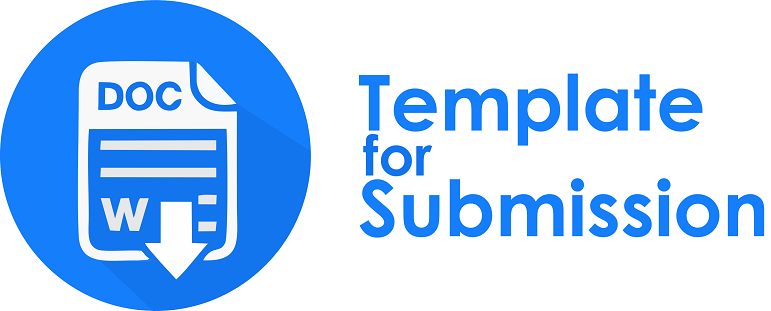Theory of Planned Behavior: Aplikasi pada Konsumen Rumah Sakit
Keywords:
theory of planned behavior, attitude toward behavior, subjective norm, perceived behavioral control, behavioral intentionAbstract
The theory of planned behavior proposed by Ajzen states that the factors which influence a person in choosing or not choosing a product include attitude toward behavior, subjective norm, and perceived behavioral control. The main purpose of this research is to apply the theory of planned behavior on the hospitals consumers. It would, first, identify attitude toward behavior of the consumers of hospitals; second, identify the subjective norm and referent which are mostly influential; third, identify the influence of attitude toward behavior, subjective norm, and perceived behavioral control toward the behavioral intention simultaneously and partially; and fourth, identify the variables that are mostly influential on behavioral intention of hospital service.
The subjects of the research were consumers of PKU Muhammadiyah Hospital of Yogyakarta. The sampling technique employed was purposive convenience sampling, which involved 100 respondents (respondense rate = 83.33%). The results showed that the attitude toward behavior of the hospital consumers is in the category of medium with the attitude score percentage of 54.8375%. The highest attitude toward behavior score is on the doctors services and the lowest score is on the service rate. Subjective norm is in the category of medium, with the score percentage of 50.666%. The most influential referent is family. These three variables, that is attitude toward behavior, subjective norm and perceived behavioral control positively influence the behavioral intention, either simultaneously or partially. Subjective norm becomes the most influential variables for the behavioral intention on hospital services.
References
Ajzen, I., (1988), Attitudes, Personality, and Behavior, Milton Keynes, Open University Press.
Ajzen, I. and M. Fishbein, (1980), Understanding Attitudes and Predicting Social Behavior, Englewood, NJ, Prentice Hall, Inc.
Ajzen, I., (1987), “Attitudes, Traits and Actions: Dispositional Prediction of Behavior in Personality and Social Psychology”. in L. Berkowits (Ed), Advances in Experimental Social Psychology, 20, San Diego, CA, Academic Press, hal 1-63.
Basu Swastha Dharmestha dan U. Khasanah, (1999), “Theory of Planned Behavior: an Appliction to Transport Service Consumers”, Gadjah Mada Journal of Business, Vol 1, hal 83-96.
Basu Swastha Dharmestha, (1997), “Keputusan-Keputusan Stratejik untuk Mengeksploitasi Sikap dan Perilaku Konsumen”, Jurnal Ekonomi dan Bisnis Indonesia, Vol 12, hal 1-17
Basu Swastha Dharmestha, (1998), “Theory of Planned Behavior dalam Penelitian Sikap, Niat dan Perilaku Konsumen”, KELOLA Gadjah Mada University Business Review, VIII, hal 85-108.
Engel, J.E, R.D. Blckwell, and P.W. Miniard, (1995) Consumer Behavior, 8th ed, Forth Worth, The Druden Press.
Fishbein, M. and I. Ajzen, (1975), Belief, Attitude, Intention and Behavior, An Introduction to Theory and Research, Reading M.A., Addison Wesley.
Downloads
Published
How to Cite
Issue
Section
License
License
You are free to:
- Share — copy and redistribute the material in any medium or format
- Adapt — remix, transform, and build upon the material for any purpose, even commercially.
Under the following terms:
- Attribution — You must give appropriate credit, provide a link to the license, and indicate the changes made. This should be done in any reasonable manner, but not in any way that suggests the licensor endorses you or your usage.
- ShareAlike — When you remix, transform, or build upon the material, the contributions must be distributed under the same license as the original.
- No additional restrictions — You may not apply legal terms or technological measures that legally restrict others from doing anything the license permits.


